10 Major Accomplishments of Peter the Great (original) (raw)
Peter the Great (1672 – 1725) reigned over Russia for around 43 years from 1682 till his death in 1725. He initiated a wide range of economic, social, political, administrative, educational and military reforms which ended the dominance of traditionalism and religion in Russia and initiated its westernization. His efforts included secularization of education, organization of administration for effective governance, enhanced use of technology, establishing an industrial economy, modernization of the army and establishment of a strong navy. Peter the Great, more than anyone else, was responsible for Russia’s ascendancy which led to it becoming a leading power in the world. Know more about his contributions by studying his 10 major accomplishments.
#1 HE INITIATED RUSSIA’S WESTERNIZATION THROUGH INTERNAL REFORMS
When Peter became Tsar of Russia, his nation was backward and underdeveloped in comparison to the prosperous European countries. This was primarily because Russia rejected modernization and clung to medieval practices. During his reign, Peter the Great carried out extensive reforms which affected every field of national life including administration, industry, commerce, technology, and culture. He overcame opposition from the country’s medieval aristocracy to achieve incredible progress through his internal reforms which were aimed at bridging the gap between Russia and the western countries.
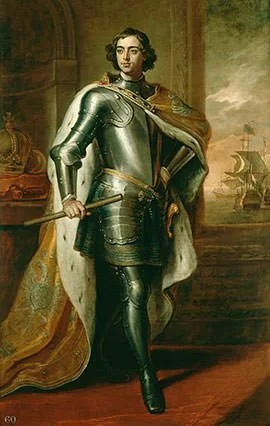
Portrait of Tsar Peter I the Great (1698) by Godfrey Kneller
#2 HE ENHANCED RUSSIA’S ECONOMY BY INDUSTRIAL GROWTH
From 1700, Peter I gave industrial development immense importance. Metallurgical and manufacturing industries were created on a large scale. Industrialists were given various privileges including the right to buy peasant serfs for labor in workshops. Studies were conducted on the industrial methods used in other countries and foreign experts were employed. The foreign trade turnover increased seven times during the reign of Peter I and by the middle of the 18th century, Russia had overtaken Europe in metallurgical industry.
#3 He IMPLEMENTED SWEEPING REFORMS IN EDUCATION
Peter I was the first Tsar of Russia to sponsor education on secular lines. Various secular schools were opened which admitted children of soldiers, officials and churchmen. The translation of books from western European languages was actively promoted; and Russians were permitted and even encouraged to go abroad for education. The Russian alphabet was modernized, the Julian calendar was introduced and the first Russian newspaper, Vedomosti (Records) was established in 1703. Also the Russian Academy of Sciences was instituted in 1724, which today includes around 500 institutions and 55 thousand scientific researchers.
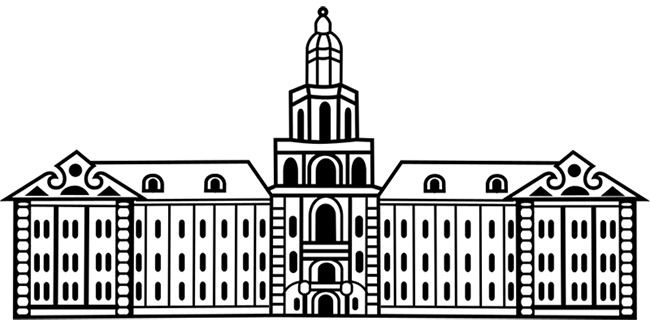
Logo of the Russian Academy of Sciences
#4 HE INTRODUCED THE SYSTEM OF TABLE OF RANKS TO DO AWAY WITH HEREDITARY NOBILITY
In 1722, Peter the Great introduced the system of Table of Ranks, a formal list of ranks in Russia’s military, government, and royal court. The establishment of the Table of Ranks was a direct blow to the power of the existing hereditary nobility, or Boyars. Previously, high-ranking state positions were hereditary. However with Table of Ranks anyone, including a commoner, could work their way up the bureaucratic hierarchy with sufficient hard work and skill. This created a new generation of technocrats who replaced the old Boyar class. Table of Rank was a huge success and remained in effect till the Russian Revolution of 1917.
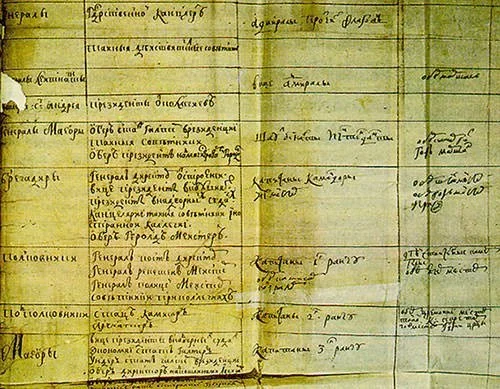
A manuscript copy of the 1722 Table of Ranks
#5 HE ESTABLISHED THE GOVERNING SENATE IN 1711
In 1711, Peter abolished the Boyar council and established by decree a new state body known as the Governing Senate. The senate, which originally comprised of 9, and then 10 members, coordinated action of various central and local organs, supervised the collection and expenditure of revenue, and drafted legislation in accordance with Peter’s edicts. It underwent changes during the reigns of subsequent tsars and went on to become one of the most important institutions of Imperial Russia, especially in administration and law.

Senate Square with the Monument to Peter the Great at the center
#6 HE ESTABLISHED THE HEAD MAGISTRATE AS PART OF HIS JUDICIAL REFORMS
In 1699, Peter I released the townspeople from subjection to the military governors of the provinces and allowed them to elect municipalities of their own. These municipalities came under the Moscow municipality. In 1720, this reform was furthered by the establishment of the Head Magistrate in Saint Petersburg. It worked as the principal establishment in charge of city magistrates of other cities and towns. The elected municipal officers of the towns were subordinated to it. Head Magistrate also exercised control over the distribution of finances in cities, apportionment and collection of taxes and duties.
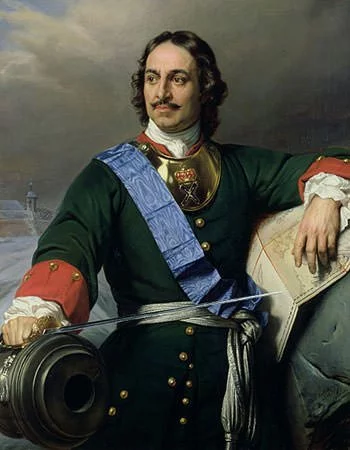
Portrait of Peter the Great by Paul Delaroche
#7 HE INTRODUCED An IMPROVED ADMINISTRATIVE SYSTEM
Before the reign of Peter I, Russia’s administrative system was antiquated and functioned in a confused and fragmented way. Peter first improved the manageability of the vast territory of Russia through his 1708–1710 administrative division reform by dividing Russia into eight governorates. His second administrative reform of 1719 fixed the deficiencies of the initial system with a system modeled on the Swedish system of provinces. Governorates were divided into provinces and provinces were further subdivided into districts. The larger, more politically important areas were given more political autonomy than rural areas which were controlled more directly by the state. Also, in 1717, Peter established nine collegia or boards, which were government departments like that of commerce, justice, foreign affairs etc. Three more collegia were added later. Each collegium consisted of a president, a vice-president and several other officials.
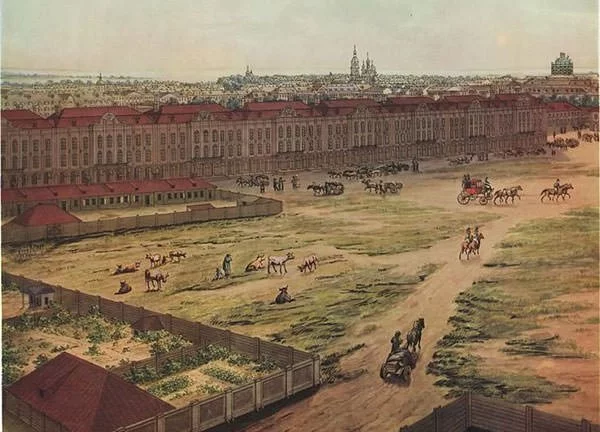
Depiction of the Twelve Collegia Building in 1820
#8 He INITIATED RUSSIA’S ASCENDANCY AS A MARITIME POWER
Peter I considered that it was necessary for Russia to be a naval power in order to strengthen its position. However, Russia had no access to the Black Sea, the Caspian, or the Baltic; which were controlled by the Ottoman Empire, Safavid Empire and Sweden respectively. Peter’s successful 1695–96 Azov campaigns against the Ottoman Empire allowed him to gain access to the Azov Sea and found Taganrog, the first military base of the Russian Navy. Peter’s greatest success came at the Great Northern War against the Swedish Empire which lasted from 1700 to 1721. His victories in the war allowed Russia to gain access to the eastern shores of the Baltic. Saint Petersburg was founded in 1703 and made capital in 1712 to cement Russia’s access to the Baltic Sea.
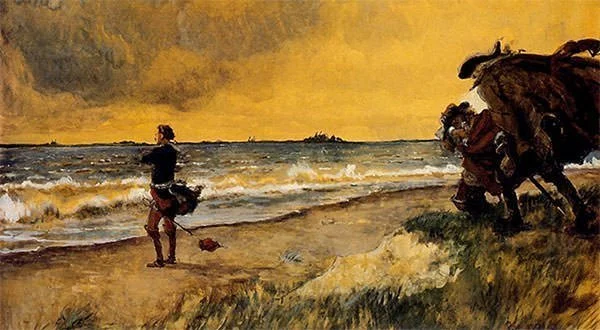
Peter the Great meditating the idea of building St Petersburg at the shore of the Baltic Sea – 1916 Painting by Alexandre Benois
#9 HE MODERNIZED RUSSIAN ARMY AND BUILT A STRONG RUSSIAN NAVY
Before Peter the Great, Russia’s army relied on militia of the nobility and streltsy, the elite Russian military corps. Streltsy were involved in several rebellions against Peter due to which he disbanded the group and incorporated its members into the regular army. Peter reorganized the Russian army according to western standards. While he selected his officers from the nobility, he also enlisted peasants and townspeople into the other ranks. Officers were required to make their men proficient in combat. Weaponry was designed according to latest standards by Russian specialists. Peter also laid great emphasis on navy; 52 battleships and hundreds of galleys and other craft were built during his reign leading to the creation of a strong Russian Baltic fleet.
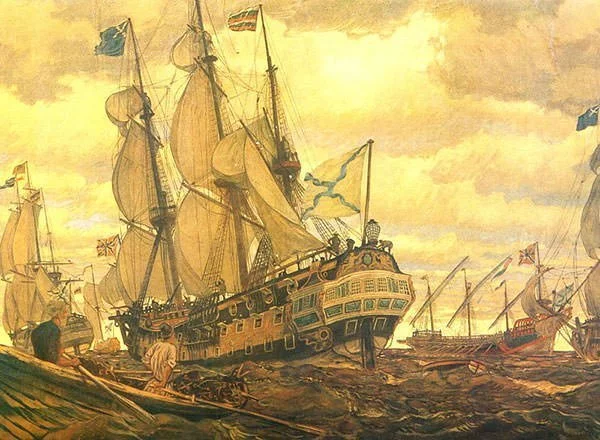
Fleet of Peter the Great – 1909 Painting by Eugene Lanceray
#10 He MADE RUSSIA A LEADING EUROPEAN POWER
Peter’s Azov campaigns against the Ottoman Empire led to the successful capture of the fortress of Azov in July 1696. He then helped form a grand alliance comprising of Russia, Saxony, and Denmark–Norway against the Swedish Empire leading to the Great Northern War which lasted for 21 years from 1700 to 1721. The successful Northern War made Russia a dominant power in Europe. Peter’s 1722–23 Persian campaign ended with Persia ceding the western and southern shores of the Caspian to Russia in return for military aid. Thus, through skillful statesmanship, generalship and diplomacy, Peter expanded the territory of Russia making it into a larger empire and a major European power. By the time of his death, the Russian Empire stretched from Archangel on the White Sea to Mazanderan on the Caspian and from the Baltic Sea to the Pacific Ocean.
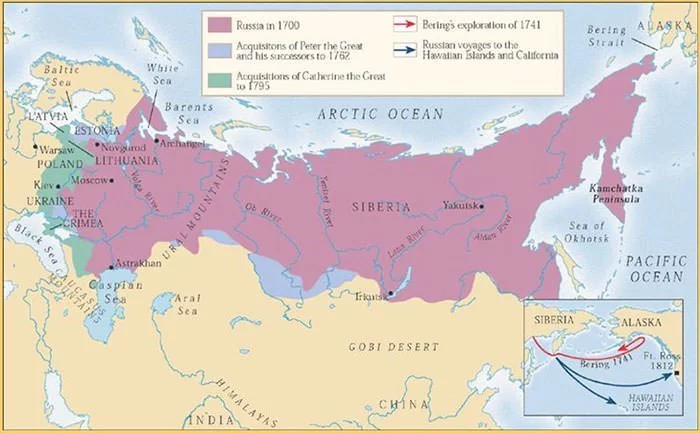
Expansion of Russian Empire started by Peter the Great
PETER THE GREAT’S WEIRD BEARD TAX
While Peter I introduced many essential measures to modernize Russia, some were also strange like his Beard Tax. In 1698, Peter I instituted a beard tax to modernize Russian society. Men with beards were required to pay an annual beard tax of one hundred rubles. Those who paid the tax were required to carry a “beard token” while those who resisted the ban were forcibly and publicly shaved.